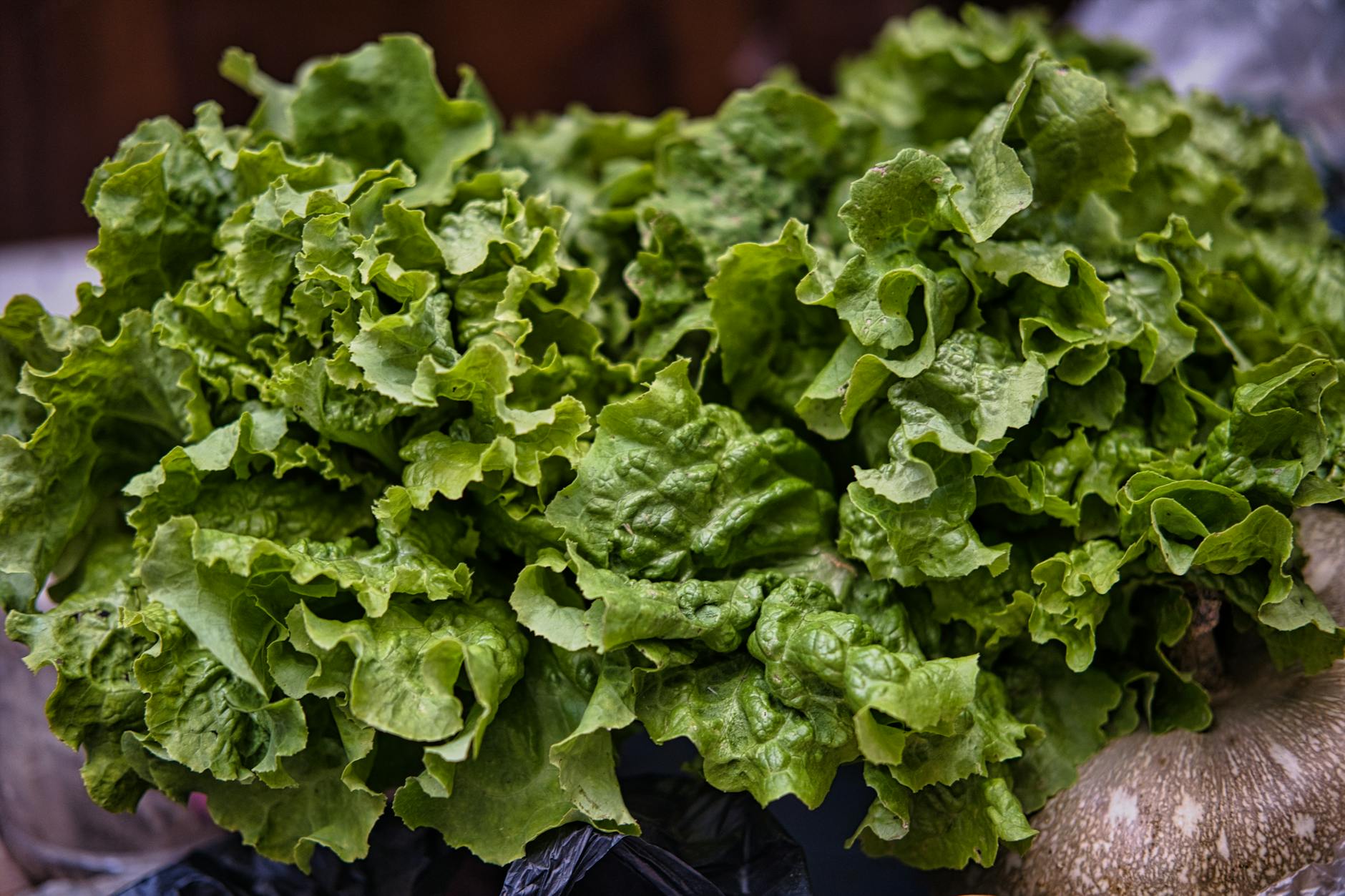Understanding the world of vaping is more than just mechanically operating an e-cigarette; it encapsulates an in-depth knowledge about what goes into your e-liquid or, as commonly known, vape juice. This guide aims to unsheathe the principles governing vape juice ingredients and their varying components.
At a quick glance, the primary ingredients of standard vape juice include propylene glycol (PG), vegetable glycerin (VG), nicotine, and flavorings. Digging deeper into understanding these components can influence your overall vaping experience, leading to higher satisfaction and better product choices.
To start with, propylene glycol (PG) is a synthetic organic compound serving as a flavor carrier in e-liquid bases. It is responsible for producing a ‘throat hit’ that vapers usually find satisfying. Over the years, its use in vape juice has proven to be safe and non-toxic PG.
Another pivotal ingredient would be vegetable glycerin (VG), a natural substance extracted from vegetable oil. VG serves as a filler, adding thickness to the vape juice. It contributes to the production of bigger clouds, thus being the favorite part of many vapers. Unlike PG, it does not carry flavor, instead it adds sweetness to the juice VG.
In vape juices, the PG/VG ratio can vary greatly and is usually tailored according to personal preferences. Higher PG intensifies flavor and throat hit, whereas more VG leads to thicker clouds and softer throat hits.
Then we have the controversial, yet fundamental ingredient, nicotine. While it’s true that vaping was introduced as a safer alternative to smoking, nicotine use – manufactured synthetically or derived from tobacco leaves – remains common among vapers. It is crucial to note that nicotine concentration varies and can be avoided entirely for vapers who don’t want it nicotine.
The fourth primary ingredient is flavorings. These can range from simplistic, like mint or banana, to complex combinations that mimic popular foods or beverages. Not all flavors are created equally as some contain harmful chemicals like diacetyl; thus, a safer alternative may be diacetyl-free options or organic vape juice without synthetic chemicals flavorings.
Other secondary ingredients may include artificial sweeteners for those who desire a sweeter vaping experience. Supreme caution should be exercised in this regard as these additives could potentially cause damage to vape setups or, more importantly, harm your health artificial sweeteners.
Recently, organically-sourced vape juice has gained traction among vapers. Organic vape juice comprises naturally derived ingredients, coupled with organically grown nicotine. This version of vape juice offers a cleaner and potentially healthier option organic vape juice.
Beyond the ingredient list, understanding the steeping process can enhance the vaping experience. Steeping is a method of aging the e-liquid to improve flavor by allowing the components to mix and ‘mature’ over time. It often results in a smoother vape and a better flavor profile steeping process.
In summary, understanding vape juice ingredients offers vapers a guide to make informed decisions pertaining to their preferences and health. From discerning the PG/VG ratio to seeking out diacetyl-free or organic alternatives, being an informed consumer is essential in the evolving industry of vaping.
Our advice? Educate yourself, discern your preferences, and vape responsibly.
